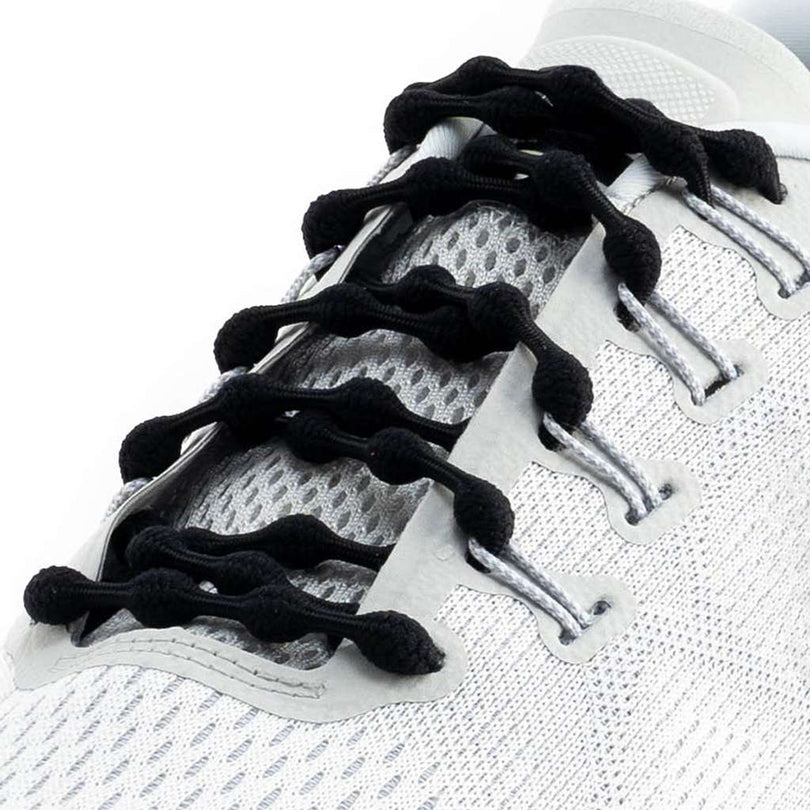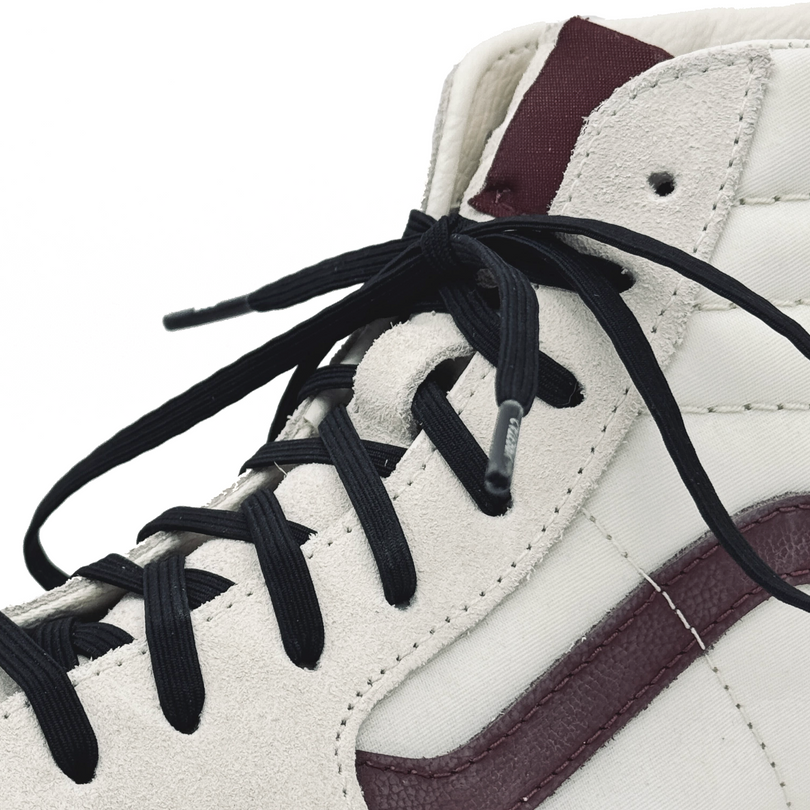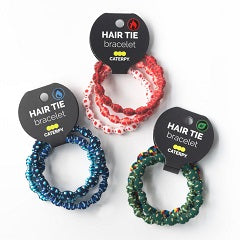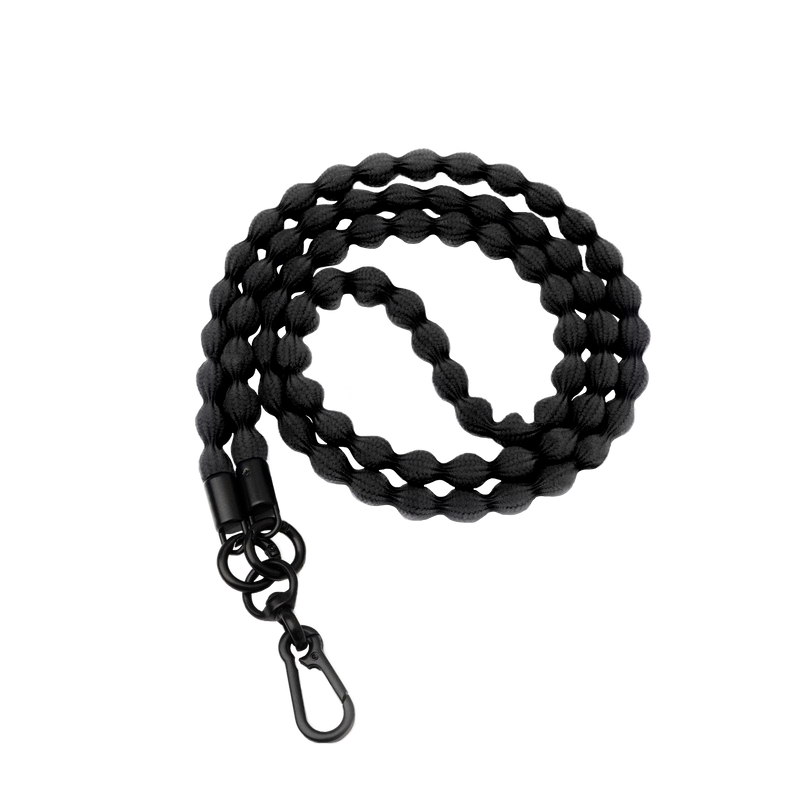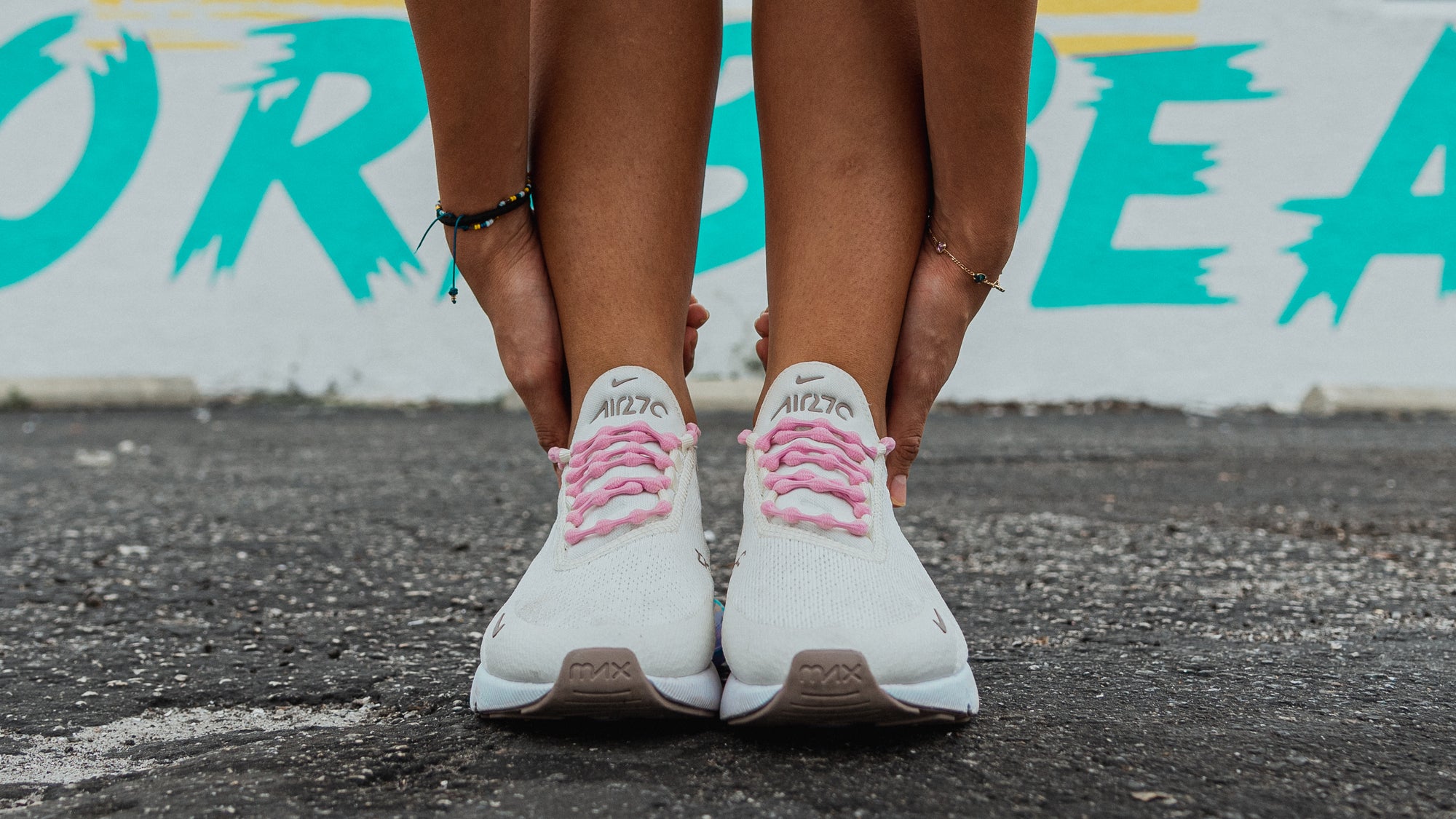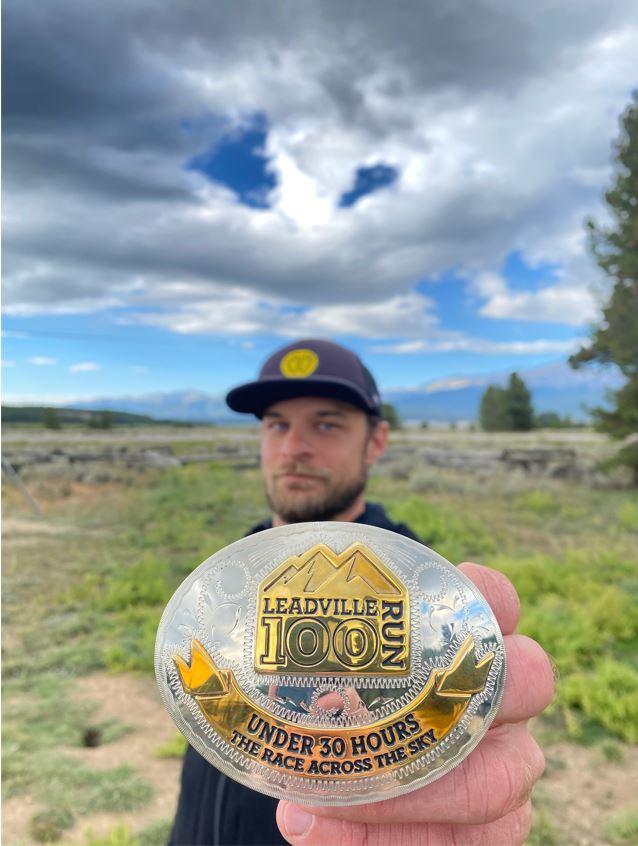As more Americans turn to walking for fitness, fun, and the pursuit of health, opportunities to participate increase every year. Walkers benefit from relay events specifically designed for them. Racewalking opportunities challenge those who wish to compete and find their own personal best. There are better coaching resources, seminars on walking, and multiple opportunities to connect with other walkers for group walks.
Walkers also find many exciting opportunities to get off the concrete and blacktop and pursue walking on more natural and yielding surfaces, such as sand, grass, gravel, snow, and mud. The Wildwood Trail in Northwest Portland boasts some of the finest mud around for a few months of the year before turning to hard-packed dirt, making for some amazing and ever-changing walking terrain.
As walkers venture off-road, they often experience a totally different physical walking experience than they have previously had on a flat, hard surface. They are challenged by walking up, down, and along hillsides. They find themselves needing to look down in search of roots, rocks, and uneven areas. They find a greater need for their bodies to accommodate different ground surfaces.
This is where I come in. I am the keeper and preserver of the foot and ankle joints of walkers and runners. I am the sports podiatrist. I realize the crucial role played by the multiple joints of the walker’s feet and ankles that enables the walker to traverse undulating ground while keeping the body upright. I am keenly aware of how strong, adaptable feet and ankles can allow a walker’s entire body weight to pass over the talus bone painlessly, even when carrying a heavy pack.
This is accomplished by allowing the foot and ankle to do what they do best: adapt to changing ground and relay tactile details to the brain. The brain uses this information to activate the muscles of the body in response to what was sensed by the foot, ankle, and lower leg. When this happens as it should, walking is accomplished and perceived in an efficient and flowing manner.
Unfortunately, most Americans have not had the opportunity to develop strength and adaptability in their feet and ankles over their lifetimes. Exacerbating the problem is the current tendency of footwear retailers to promote certain technologies built into a shoe or boot, such as motion-controlling or anti-pronation features. Some Medical professionals also favor prescribing footbeds, orthotics, and arch supports. The philosophy of the anti-pronation crowd implies that there are defects in the adapting and sensing mechanisms of the feet and ankles of walkers, and that these defects can be corrected by applying some method of partial immobilization built or placed into the footwear of walkers.
In contrast to this common view, it’s my belief the human body was specifically designed for the activity of walking and will involuntarily develop strength and adaptability of the feet and ankles, except under certain select circumstances. The most significant of these circumstances is the use of footwear when walking. Close second, in severity of negative long-term consequences, is the lack of awareness that most footwear designed for walking is the most likely reason for injury experienced during extended walking. Because of this lack of awareness, footwear is not considered in the differential diagnosis of a walking injury.
Many walkers who have sought consultation with us have discovered the benefits of transitioning to footwear that enables their feet and ankles to function as nature intended them to. That is, to be strong, flexible, and perceptive of the ground surface being walked upon. Future installments of this series will explain how to make this transition safely and comfortably.
Dr. McClanahan, DPM is a podiatrist at the Northwest Foot and Ankle Clinic. He is an avid athlete and is passionate about the care of feet. To contact Dr. McClanahan call 503- 243-2699 or footdr@nwfootankle.com

